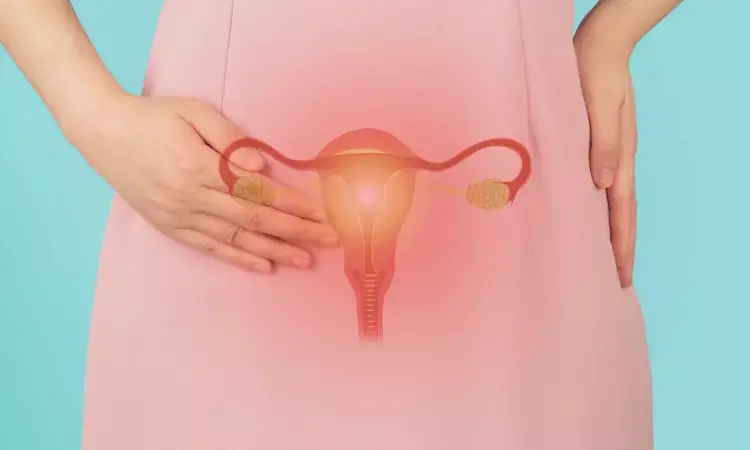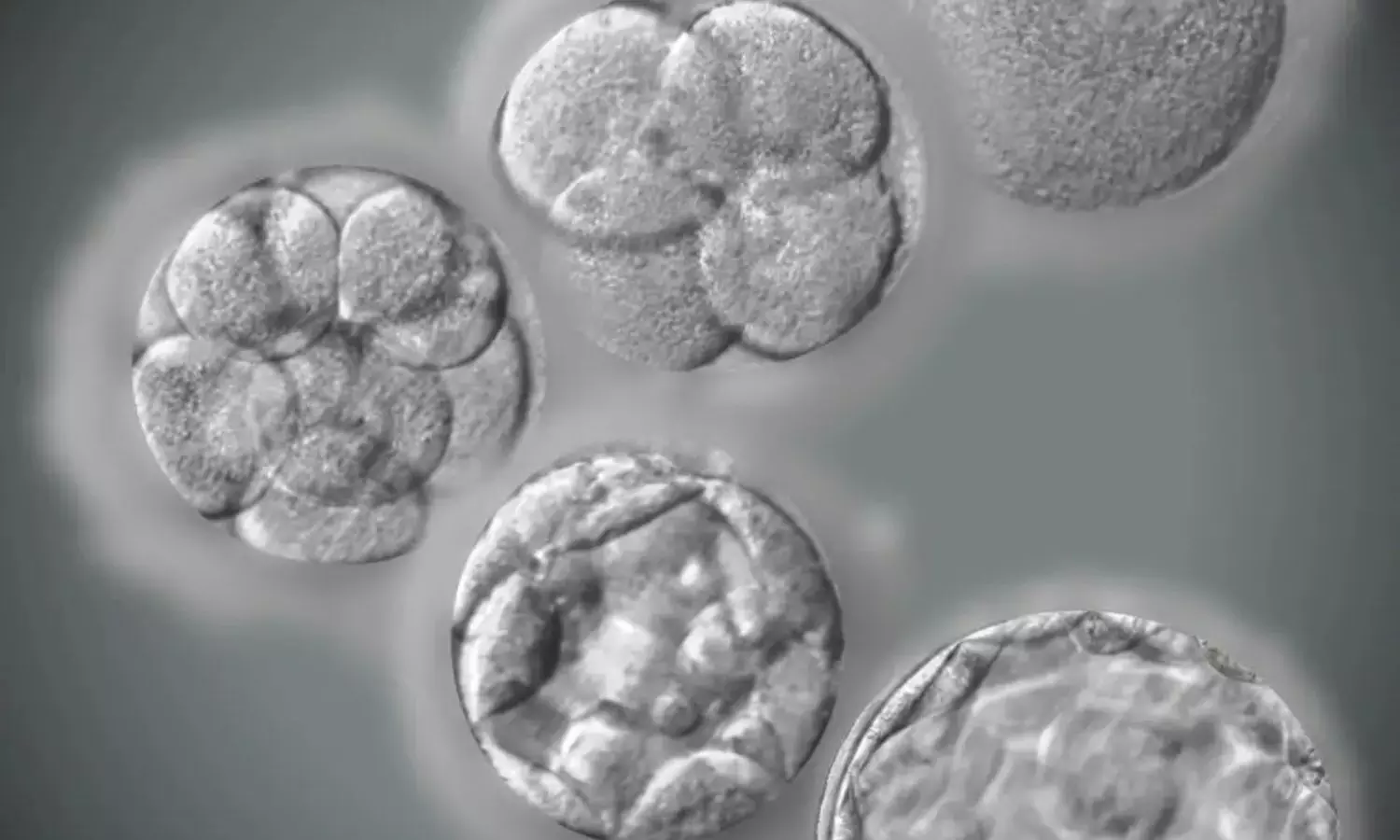- Home
- Medical news & Guidelines
- Anesthesiology
- Cardiology and CTVS
- Critical Care
- Dentistry
- Dermatology
- Diabetes and Endocrinology
- ENT
- Gastroenterology
- Medicine
- Nephrology
- Neurology
- Obstretics-Gynaecology
- Oncology
- Ophthalmology
- Orthopaedics
- Pediatrics-Neonatology
- Psychiatry
- Pulmonology
- Radiology
- Surgery
- Urology
- Laboratory Medicine
- Diet
- Nursing
- Paramedical
- Physiotherapy
- Health news
- Fact Check
- Bone Health Fact Check
- Brain Health Fact Check
- Cancer Related Fact Check
- Child Care Fact Check
- Dental and oral health fact check
- Diabetes and metabolic health fact check
- Diet and Nutrition Fact Check
- Eye and ENT Care Fact Check
- Fitness fact check
- Gut health fact check
- Heart health fact check
- Kidney health fact check
- Medical education fact check
- Men's health fact check
- Respiratory fact check
- Skin and hair care fact check
- Vaccine and Immunization fact check
- Women's health fact check
- AYUSH
- State News
- Andaman and Nicobar Islands
- Andhra Pradesh
- Arunachal Pradesh
- Assam
- Bihar
- Chandigarh
- Chattisgarh
- Dadra and Nagar Haveli
- Daman and Diu
- Delhi
- Goa
- Gujarat
- Haryana
- Himachal Pradesh
- Jammu & Kashmir
- Jharkhand
- Karnataka
- Kerala
- Ladakh
- Lakshadweep
- Madhya Pradesh
- Maharashtra
- Manipur
- Meghalaya
- Mizoram
- Nagaland
- Odisha
- Puducherry
- Punjab
- Rajasthan
- Sikkim
- Tamil Nadu
- Telangana
- Tripura
- Uttar Pradesh
- Uttrakhand
- West Bengal
- Medical Education
- Industry
Use of Ovulation Tracking Wearables and Devices on the Rise, unravels study

The industry of Fertility tracking devices and wearables is rapidly expanding. These track ovulation and guide the conception. Researchers from the Northwestern University Feinberg School of Medicine Chicago have provided a narrative review of various products that are available in the present market and discussed on innovation of new technologies that tailor the ovulation in women. The review was published in the American Journal of Obstetrics & Gynecology.
The rapid growth of the Femtech industry focuses on technologies like apps and devices that help to improve women’s health. Females of reproductive age use this technology to track their fertility and pregnancy. Despite the presence of multiple novel products in the market that track fertility, they are not backed up by scientific research. Hence, researchers conducted a narrative review of various products to help these products help those in need.
The study identified and categorized fertility-tracking wearables and devices that help to track a woman’s fertile window till ovulation using sensors that collect data and send it to other smartphones. The researchers focused on technologies that went beyond calendar or symptom tracking and included technologies that monitor specific biomarkers by using wearable devices or tools. By using terms like ‘fertility tracker’, ‘hormone’, ‘urinary’, ‘device’, and ‘wearable’ the researchers reviewed the first 100 results in each category.
They grouped the fertility trackers into two categories. They include wearables and devices. Wearables are tools worn for long periods that are in contact with the body for a long time. Devices are tools that analyze the bodily fluids and for a short duration. The researchers later searched scientific databases to validate the tools and compared the performance of these technologies.
These technologies help women track their fertile window which is the six-day up to ovulation. Most of the two tools the wearables and the devices work on the principle of raising the basal body temperature (BBT) after ovulation and the surge of luteinizing hormone before ovulation.
Wearables: These track the rise in BBT1-2 days after ovulation to identify the fertile window. They come in different forms like rings, wristbands, vaginal inserts, and skin patches. They measure temperature precisely, non-invasively, and sync data with the smartphone. Oura ring and Apple watches can sync with FDA-approved fertility tracking apps like the Natural Cycle.
Devices: These measure various biomarkers like oral temperature or urinary hormones including LH and metabolites of estradiol and progesterone. These use Bluetooth or smartphone apps to interpret the hormone levels and give feedback. Devices like Mira, Inito, and Proov use actual hormone levels whereas others like Premom and Femometer just indicate if the individual is in a fertile window.
These fertility trackers are promising but have a significant gap in validation for women with irregular cycles and a diversified population. As there is inconsistency in how these devices are tested, it is necessary to critically evaluate the findings.
Even though some fertility trackers have FDA clearance and are promising, there is a high necessity for independent research to check their validation. They lack evidence on outcomes like pregnancy or birth rates. Fertility tracking needs more innovation and not just commercialized products at higher prices. Further research is needed that focuses on cost-effectiveness, accessibility, personalization, and continuous monitoring.
Further reading: Cromack SC, Walter JR. Consumer wearables and personal devices for tracking the fertile window. Am J Obstet Gynecol. 2024;231(5):516-523. doi:10.1016/j.ajog.2024.05.028
BDS, MDS
Dr.Niharika Harsha B (BDS,MDS) completed her BDS from Govt Dental College, Hyderabad and MDS from Dr.NTR University of health sciences(Now Kaloji Rao University). She has 4 years of private dental practice and worked for 2 years as Consultant Oral Radiologist at a Dental Imaging Centre in Hyderabad. She worked as Research Assistant and scientific writer in the development of Oral Anti cancer screening device with her seniors. She has a deep intriguing wish in writing highly engaging, captivating and informative medical content for a wider audience. She can be contacted at editorial@medicaldialogues.in.
Dr Kamal Kant Kohli-MBBS, DTCD- a chest specialist with more than 30 years of practice and a flair for writing clinical articles, Dr Kamal Kant Kohli joined Medical Dialogues as a Chief Editor of Medical News. Besides writing articles, as an editor, he proofreads and verifies all the medical content published on Medical Dialogues including those coming from journals, studies,medical conferences,guidelines etc. Email: drkohli@medicaldialogues.in. Contact no. 011-43720751




